
Angles in Triangles Revision
Some reminders
As we have seen in Types of Triangles, some triangles have special angle properties. We can use these properties to solve problems relating to unknown angles.
Equilateral triangles have all angles equal to 60°.
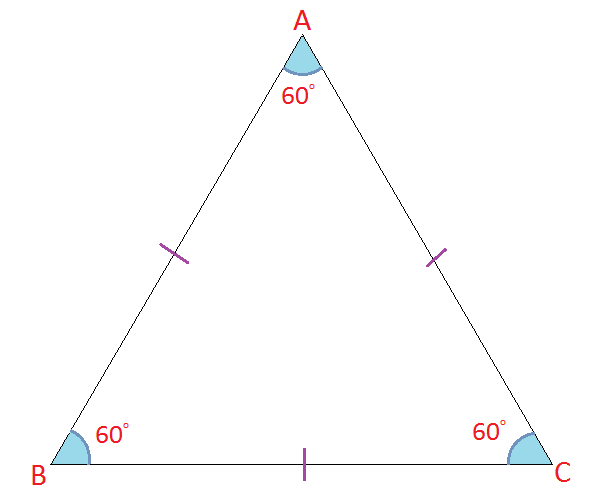
Isosceles triangles have 2 equal sized angles, opposite the equal sized sides.
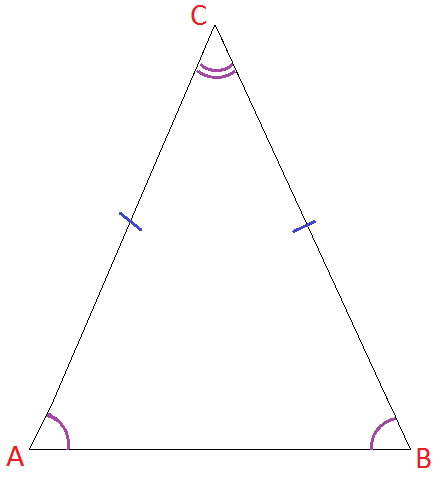
Right-angled triangles have a right angle (90°) that appears opposite the longest side.
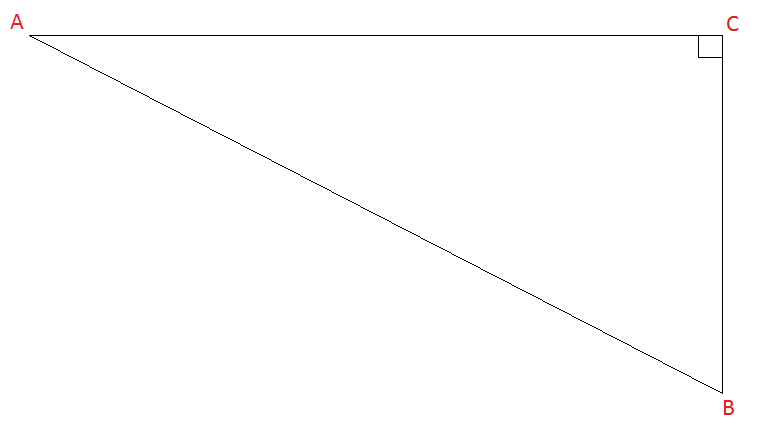
Side angle relationships
Here's something interesting to note about the relationship between sides and angles.
The biggest angle is always opposite the longest side and the smallest angle is always opposite the shortest side!
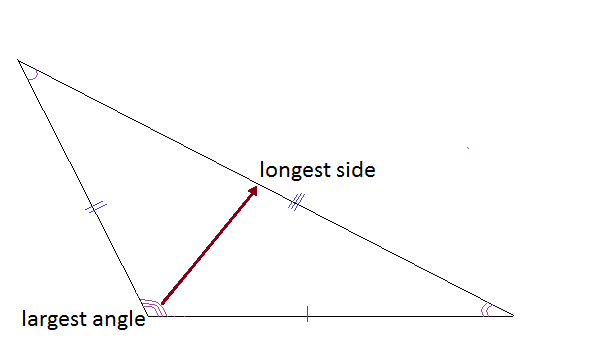
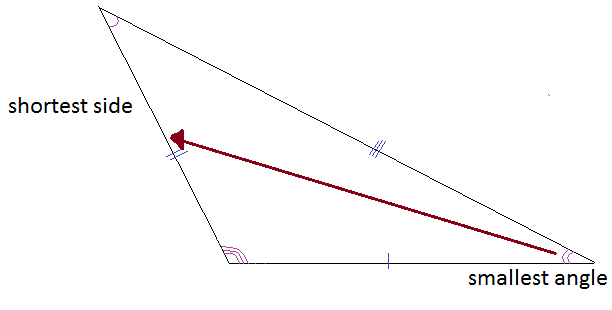
So if side lengths are equal, like in equilateral and isosceles triangles, then their corresponding opposite angles are also equal.
Angle Sum in a Triangle
The angle sum in a triangle can be demonstrated by taking the angles of the triangle and arranging them as adjacent angles on a straight line. In the interactive below, you can use the sliders to change the angle size of the triangle, and detach the angles so that they come together. You will see that the connection between the angles of a triangle and a straight angle always holds, regardless of the angle measures.
Exterior angle in a triangle
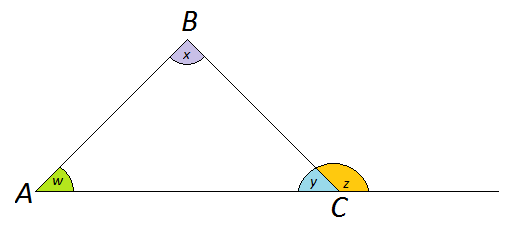
Lets have a look at the triangle image above.
What relationships do we know exist?
We know that $y+z=180$y+z=180, because Adjacent angles on a straight line are supplementary (Adds up to $180$180)
We also know that $w+x+y=180$w+x+y=180 because Angle sum of a triangle is 180
Because both of these equations sum to $180$180, we know that they are both equal. This means I can write
$y+z=w+x+y$y+z=w+x+y and if I subtract y from both sides I get
$z=w+y$z=w+y
Have a look at where these angles are positioned on the triangle.
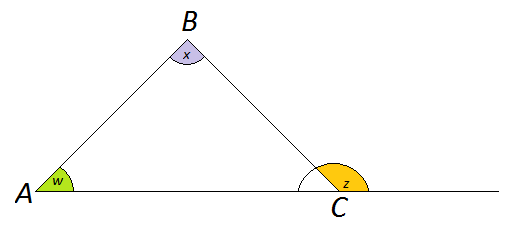
This special relationship is used frequently in solving geometrical problems. We say formally that the: exterior angle of a triangle is equal to the sum of the two opposite interior angles. Can you see how this statement is a description of how the angles are positioned.
This applet can show you how this is the case. Change the size of the triangle and then rotate the angles to fit in the external angle space. Watch this video if you would like to see this interactive in action -
Worked Examples
Question 1
Find $x$x, giving reasons for your answer.

Question 2
Let $x$x be the sum of the exterior angles in this triangle. Show that $x=360$x=360.
Question 3
Find the value of the pronumerals, giving reasons.

First, find $x$x. Give reasons.
Find $y$y. Give reasons.
Solving problems
When solving angle problems in geometry one of the most important components is the reasoning (or rules) you use to solve the problem. You will mostly be required in geometry problems to not only complete the mathematics associated with calculating angle or side lengths but also to state the reasons you have used. Read through each of these rules and see if you can describe why and draw a picture to represent it.
Properties of Triangles
| Angle sum of a triangle is 180° |  |
| Base angles are equal in an isosceles triangle
Sides opposite base angles are equal in an isosceles triangle |
 |
| All angles in an equilateral triangles are equal
All angles in an equilateral triangle are equal to 60° All sides in an equilateral triangle are equal |
 |
A summary of the geometrical properties of quadrilaterals can be found here.
A summary of the geometrical properties of angles and angles on parallel lines can be found here.
Worked Examples
QUESTION 1
Find $x$x, giving reasons for your answer.

QUESTION 2
Let $x$x be the sum of the exterior angles in this triangle. Show that $x=360$x=360.
QUESTION 3
Find the value of the pronumerals, giving reasons.

First, find $x$x. Give reasons.
Find $y$y. Give reasons.
